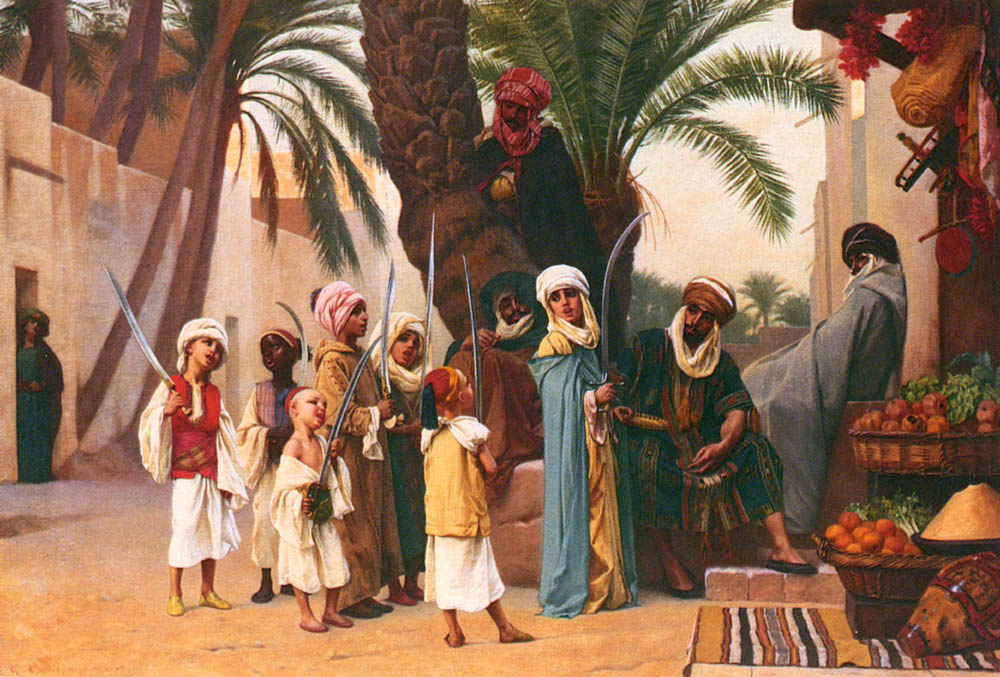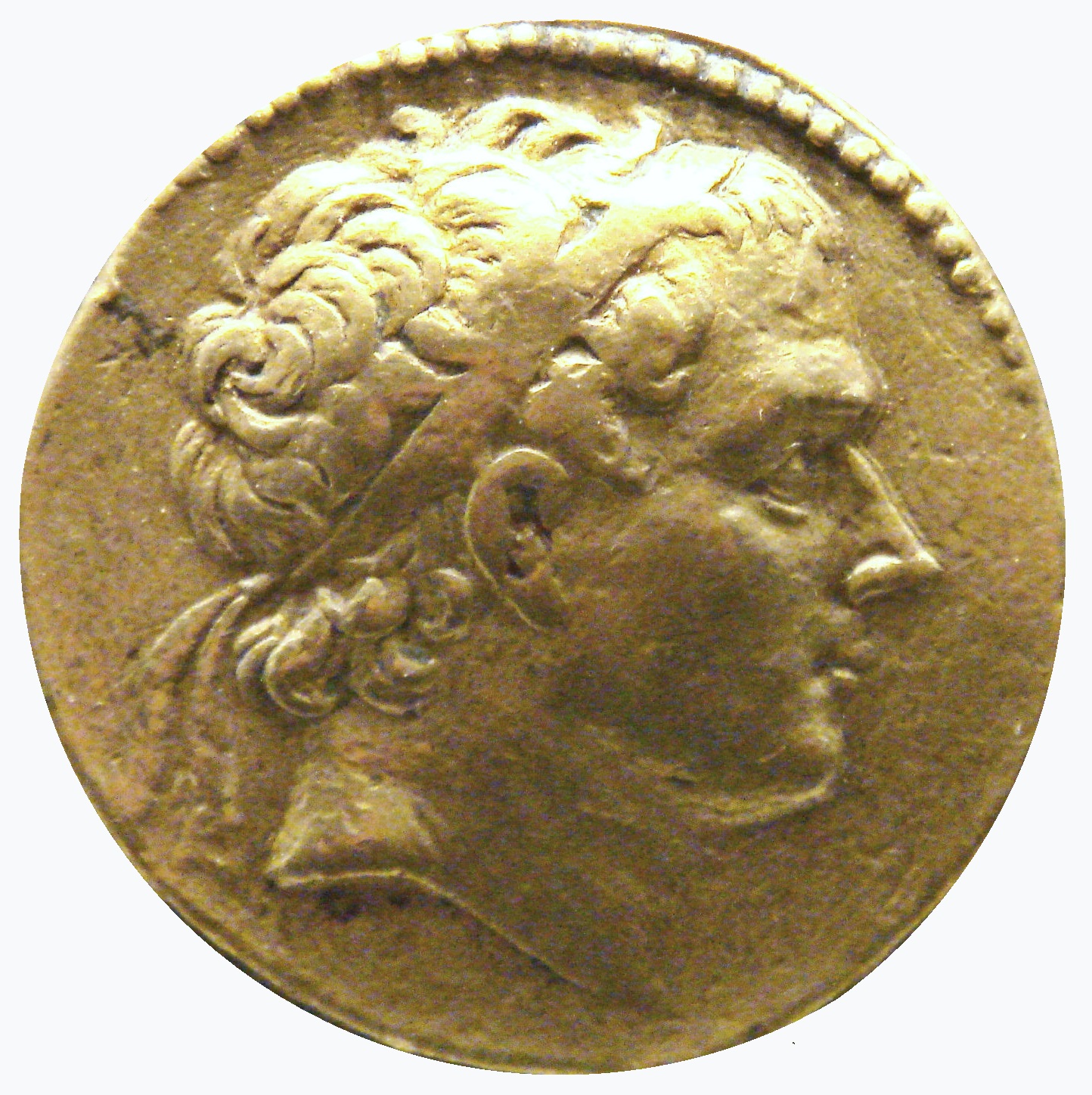|
Foreleg Of Ox
The Foreleg of ox (a ''foreleg with the thigh'') hieroglyph of ancient Egypt is an old hieroglyph; it even represented a nighttime constellation (the Big Dipper, Maskheti). It came to have many uses in ancient Egypt over three millennia. Iconographic usage Offered as "thigh-forward", "meat" One of the major iconographic uses in ancient Egypt of the ox-foreleg was as part of the food offering to the individual being honored (the deceased), and engraved upon their steles. Often, besides lying on the top of the pile of food offerings, it is shown being presented to the honored individual, thigh first. Offered as "hoof-forward", "strength" Iconographically used as the symbolism of strength, power, dominion. List of uses A list of uses for the foreleg hieroglyph, with no order of importance actually implied: *Foreleg of ox, a "choice cut of meat" *Mortuary offering for ritual; the first item shown in the formulaic listing of items given to the deceased on the funerary ste ... [...More Info...] [...Related Items...] OR: [Wikipedia] [Google] [Baidu] |
Scimitar
A scimitar ( or ) is a single-edged sword with a convex curved blade associated with Middle Eastern, South Asian, or North African cultures. A European term, ''scimitar'' does not refer to one specific sword type, but an assortment of different Eastern curved swords inspired by types introduced to the Middle East by Central Asian ghilmans. These swords include the Persian shamshir (the origin of the word scimitar), the Arab saif, the Indian talwar, the North African nimcha, and the Turkish kilij. All such swords are originally derived from earlier curved swords developed in Turkic Central Asia (Turkestan). Etymology The English term ''scimitar'' is attested from the mid-16th century and derives from either the Middle French ''cimeterre'' (15th century) or from the Italian ''scimitarra''. The ultimate source of these terms is corruptions of the Persian ''shamshir.'' ''Scimitar'' became used to describe all curved oriental blades, in contrast to the straight and double edged ... [...More Info...] [...Related Items...] OR: [Wikipedia] [Google] [Baidu] |
List Of Egyptian Hieroglyphs
The total number of distinct Egyptian hieroglyphs increased over time from several hundred in the Middle Kingdom to several thousand during the Ptolemaic Kingdom. In 1928/1929 Alan Gardiner published an overview of hieroglyphs, Gardiner's sign list, the basic modern standard. It describes 763 signs in 26 categories (A–Z, roughly). Georg Möller compiled more extensive lists, organized by historical epoch (published posthumously in 1927 and 1936). In Unicode, the block ''Egyptian Hieroglyphs'' (2009) includes 1071 signs, organization based on Gardiner's list. As of 2016, there is a proposal by Michael Everson to extend the Unicode standard to comprise Möller's list. Subsets Notable subsets of hieroglyphs: * Determinatives * Uniliteral signs * Biliteral signs * Triliteral signs * Egyptian numerals Letter classification by Gardiner List of hieroglyphs In Unicode Unicode character names follow Gardiner's sign list (padded with zeroes to three digits, i.e. Gardin ... [...More Info...] [...Related Items...] OR: [Wikipedia] [Google] [Baidu] |
Gardiner's Sign List
Gardiner's Sign List is a list of common Egyptian hieroglyphs compiled by Sir Alan Gardiner. It is considered a standard reference in the study of ancient Egyptian hieroglyphs. Gardiner lists only the common forms of Egyptian hieroglyphs, but he includes extensive subcategories, and also both vertical and horizontal forms for many hieroglyphs. He includes size-variation forms to aid with the reading of hieroglyphs in running blocks of text. In contrast, for example, the Budge Reference has about 1,000 hieroglyphs listed in 50 pages, but with no size variations. Gardiner does not cross-index signs; once put on the list, other significant uses may be overlooked. One example of this is G16, nbtỉ, the ideogram for the Two Ladies, goddesses Wadjet as the cobra and Nekhbet as the white vulture. These are the protective and patron goddesses of the separate Egyptian kingdoms that joined into ancient Egypt, who were both then displayed on the uraeus of Wadjet when the unification ... [...More Info...] [...Related Items...] OR: [Wikipedia] [Google] [Baidu] |
Gardiner%27s Sign List
Gardiner's Sign List is a list of common Egyptian hieroglyphs compiled by Sir Alan Gardiner. It is considered a standard reference in the study of ancient Egyptian hieroglyphs. Gardiner lists only the common forms of Egyptian hieroglyphs, but he includes extensive subcategories, and also both vertical and horizontal forms for many hieroglyphs. He includes size-variation forms to aid with the reading of hieroglyphs in running blocks of text. In contrast, for example, the Budge Reference has about 1,000 hieroglyphs listed in 50 pages, but with no size variations. Gardiner does not cross-index signs; once put on the list, other significant uses may be overlooked. One example of this is G16, nbtỉ, the ideogram for the Two Ladies, goddesses Wadjet as the cobra and Nekhbet as the white vulture. These are the protective and patron goddesses of the separate Egyptian kingdoms that joined into ancient Egypt, who were both then displayed on the uraeus of Wadjet when the unification ... [...More Info...] [...Related Items...] OR: [Wikipedia] [Google] [Baidu] |
Ptolemy V
egy, Iwaennetjerwymerwyitu Seteppah Userkare Sekhem-ankhamun Clayton (2006) p. 208. , predecessor = Ptolemy IV , successor = Ptolemy VI , horus = '' ḥwnw-ḫꜤj-m-nsw-ḥr-st-jt.f''''Khunukhaiemnisutkhersetitef'' The youth who has appeared as king on his father's throne , horus_hiero = H-wn:n-nw:W-A17-xa:a:W*Z4-Aa15:sw*A43-D2:Z1-Q1-t:O1-t:f:Z1:f , nebty = ''wr-pḥtj smn-tꜢwj snfr-tꜢmrj mnḥ-jb-ḫr-nṯrw''''Werpehty Sementawy Senefertameri Menekhibkhernetjeru''The one great of strength, who has established the Two Lands and made Ta-mery perfect (by) being efficacious before the gods , nebty_hiero = wr:r-F9*F9:Z9:D40-s-U32-wAD-M24-s-nfr-N16:N21\*N21:O5*t:O49-mnx-ib:Z1-x:r-nTr*Z1-nTr*Z1-nTr*Z1 , golden = '' wꜢḏ-Ꜥnḫ-n-ḥnmmt nb-ḥbw-sd-mj-ptḥ jty-mj-rꜤ''''Wadjankhenkhenmemet Nebkhebusedmiptah Itymire'' The one who has made the life of mankind flourish, a possessor of Sed festivals like Ptah and a sovereign like Ra , golden_h ... [...More Info...] [...Related Items...] OR: [Wikipedia] [Google] [Baidu] |
Rosetta Stone
The Rosetta Stone is a stele composed of granodiorite inscribed with three versions of a Rosetta Stone decree, decree issued in Memphis, Egypt, in 196 BC during the Ptolemaic dynasty on behalf of King Ptolemy V Epiphanes. The top and middle texts are in Egyptian language, Ancient Egyptian using Egyptian hieroglyphs, hieroglyphic and Demotic (Egyptian), Demotic scripts respectively, while the bottom is in Ancient Greek. The decree has only minor differences between the three versions, making the Rosetta Stone key to decipherment of ancient Egyptian scripts, deciphering the Egyptian scripts. The stone was carved during the Hellenistic period and is believed to have originally been displayed within a temple, possibly at Sais, Egypt, Sais. It was probably moved in late antiquity or during the Mamluk Sultanate (Cairo), Mamluk period, and was eventually used as building material in the construction of Fort Julien near the town of Rashid (Rosetta) in the Nile Delta. It was found there ... [...More Info...] [...Related Items...] OR: [Wikipedia] [Google] [Baidu] |
Bull Of Heaven
In ancient Mesopotamian mythology, the Bull of Heaven is a mythical beast fought by the hero Gilgamesh. The story of the Bull of Heaven has two different versions: one recorded in an earlier Sumerian poem and a later version in the standard Akkadian ''Epic of Gilgamesh''. In the Sumerian poem, the Bull is sent to attack Gilgamesh by the goddess Inanna for reasons that are unclear. The more complete Akkadian account comes from Tablet VI of the ''Epic of Gilgamesh'', in which Gilgamesh refuses the sexual advances of the goddess Ishtar, the East Semitic equivalent of Inanna, leading the enraged Ishtar to demand the Bull of Heaven from her father Anu, so that she may send it to attack Gilgamesh in Uruk. Anu gives her the Bull and she sends it to attack Gilgamesh and his companion, the hero Enkidu, who slay the Bull together. After defeating the Bull, Enkidu hurls the Bull's right thigh at Ishtar, taunting her. The slaying of the Bull results in the gods condemning Enkidu to dea ... [...More Info...] [...Related Items...] OR: [Wikipedia] [Google] [Baidu] |
Mesopotamian
Mesopotamia ''Mesopotamíā''; ar, بِلَاد ٱلرَّافِدَيْن or ; syc, ܐܪܡ ܢܗܪ̈ܝܢ, or , ) is a historical region of Western Asia situated within the Tigris–Euphrates river system, in the northern part of the Fertile Crescent. Today, Mesopotamia occupies modern Iraq. In the broader sense, the historical region included present-day Iraq and Kuwait and parts of present-day Iran, Syria and Turkey. The Sumerians and Akkadians (including Assyrians and Babylonians) originating from different areas in present-day Iraq, dominated Mesopotamia from the beginning of written history () to the fall of Babylon in 539 BC, when it was conquered by the Achaemenid Empire. It fell to Alexander the Great in 332 BC, and after his death, it became part of the Greek Seleucid Empire. Later the Arameans dominated major parts of Mesopotamia (). Mesopotamia is the site of the earliest developments of the Neolithic Revolution from around 10,000 BC. It has been identifie ... [...More Info...] [...Related Items...] OR: [Wikipedia] [Google] [Baidu] |
Epic Of Gilgamesh
The ''Epic of Gilgamesh'' () is an epic poetry, epic poem from ancient Mesopotamia, and is regarded as the earliest surviving notable literature and the second oldest religious text, after the Pyramid Texts. The literary history of Gilgamesh begins with five Sumerian language, Sumerian poems about Bilgamesh (Sumerian for "Gilgamesh"), king of Uruk, dating from the Third Dynasty of Ur (). These independent stories were later used as source material for a combined epic in Akkadian language, Akkadian. The first surviving version of this combined epic, known as the "Old Babylonian" version, dates back to the 18th century BC and is titled after its incipit, ''Shūtur eli sharrī'' ("Surpassing All Other Kings"). Only a few clay tablet, tablets of it have survived. The later Standard Babylonian version compiled by Sîn-lēqi-unninni dates from the 13th to the 10th centuries BC and bears the incipit ''Sha naqba īmuru'' ("He who Saw the Abyss", in unmetaphoric terms: "He who Sees the ... [...More Info...] [...Related Items...] OR: [Wikipedia] [Google] [Baidu] |
Opening Of The Mouth
The opening of the mouth ceremony (or ritual) was an ancient Egyptian ritual described in funerary texts such as the Pyramid Texts. ''PeseshKaf'' is an instrument used for this ritual, ''psš'' (“an instrument for Opening of the mouth”) + ''kꜣf'' (“obsidian”). This instrument was made of stone and shaped like the tail of a fish. Funerary magic The ceremony involved a symbolic animation of a statue or mummy by magically opening its mouth so that it could breathe and speak. There is evidence of this ritual from the Old Kingdom to the Roman Period. Special tools were used to perform the ceremony, such as a ritual adze, an arm shaped ritual censer, a spooned blade known as a ''peseshkaf'', a serpent-head blade, and a variety of other amulets. A calf's leg was also held up to the lips painted on the coffin. The ancient Egyptians believed that in order for a person's soul to survive in the afterlife it would need to have food and water. The opening of the mouth ritual wa ... [...More Info...] [...Related Items...] OR: [Wikipedia] [Google] [Baidu] |





